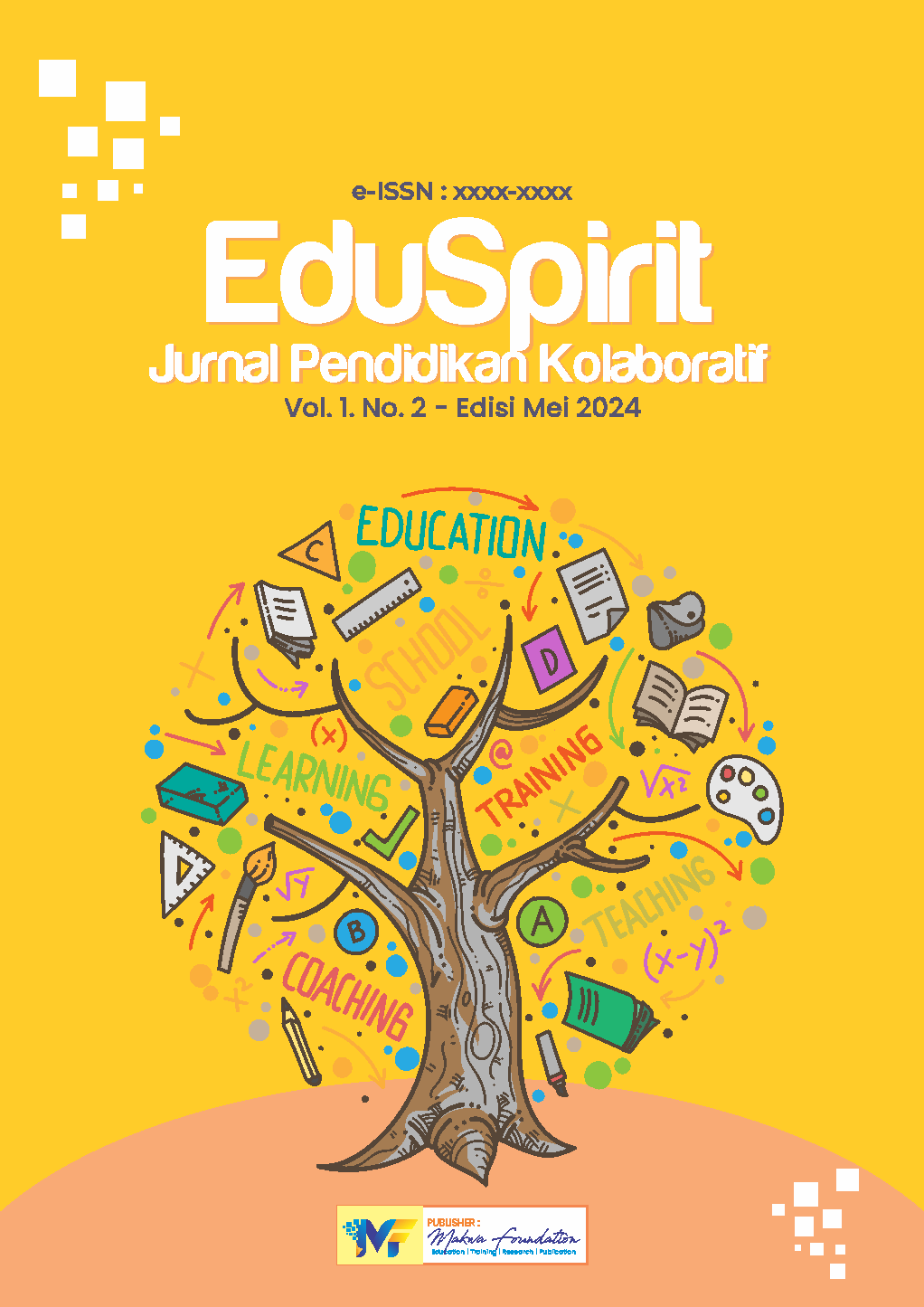Strategi Inovatif dalam Meningkatkan Aktivitas dan Hasil Belajar Pendidikan Agama Islam dan Budi Pekerti pada Siswa
Keywords:
PAI, Budi Pekerti, Aktivitas BelajarAbstract
This research aims to improve student activity in Islamic Religious Education (PAI) and Character Education (BP) through the implementation of the Team Games Tournament (TGT) learning model. The research was conducted in two cycles, with each cycle consisting of planning, implementation, and reflection stages. The results of the study show that the first cycle faced some challenges, particularly in increasing students' courage to ask questions and express ideas. Therefore, improvements were made in the second cycle, such as providing rewards and changing groups to enhance student interaction. The results of the second cycle showed significant improvements in students' positive activities, such as paying attention to the lesson, taking notes, asking questions, and answering questions. Although there were some negative activities, such as joking, overall, the TGT model successfully improved the quality of learning and student engagement.
References
Bandura, A. (1977). Social Learning Theory. Prentice Hall.
Bonwell, C. C., & Eison, J. A. (1991). Active Learning: Creating Excitement in the Classroom. The George Washington University.
Deci, E. L., & Ryan, R. M. (2000). The “What” and “Why” of Goal Pursuits: Human Needs and the Self-Determination of Behavior. Psychological Inquiry, 11(4), 227–268.
Emmer, E. T., & Sabornie, E. J. (2015). Handbook of classroom management (2nd ed.). Routledge.
Flavell, J. H. (1979). Metacognition and Cognitive Monitoring: A New Era of Cognitive–Developmental Inquiry. American Psychologist, 34(10), 906–911.
Kounin, J. S. (1970). Discipline and Group Management in Classrooms. Holt, Rinehart, and Winston.
Piaget, J. (1976). Piaget’s Theory. In Bärbel Inhelder Hugh Chipman & P. Zwingmann (Eds.), Piaget and His School (pp. 11–23). Springer.
Vygotsky, L. S. (1978). Mind in Society: The Development of Higher Psychological Processes. Harvard University Press.



